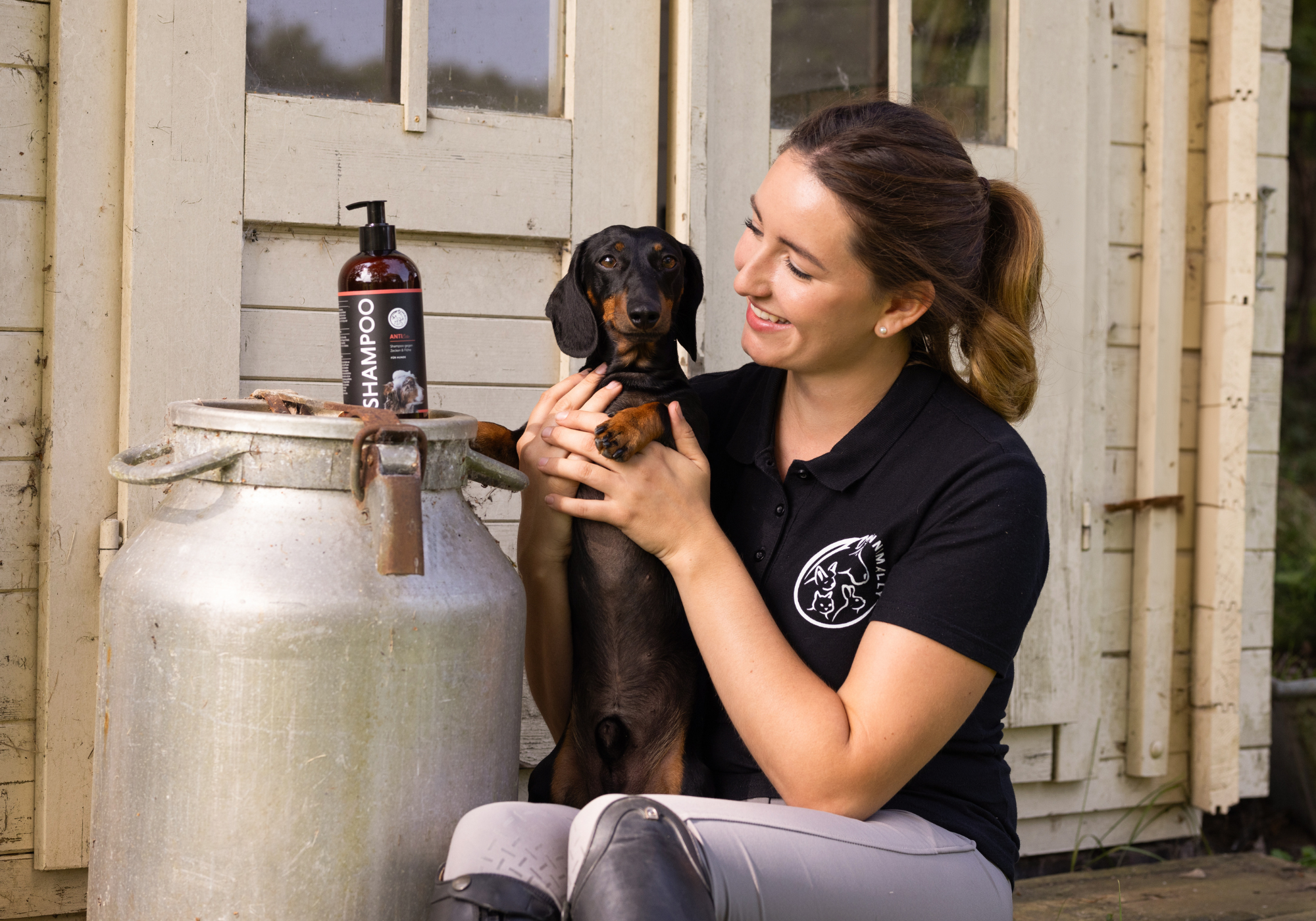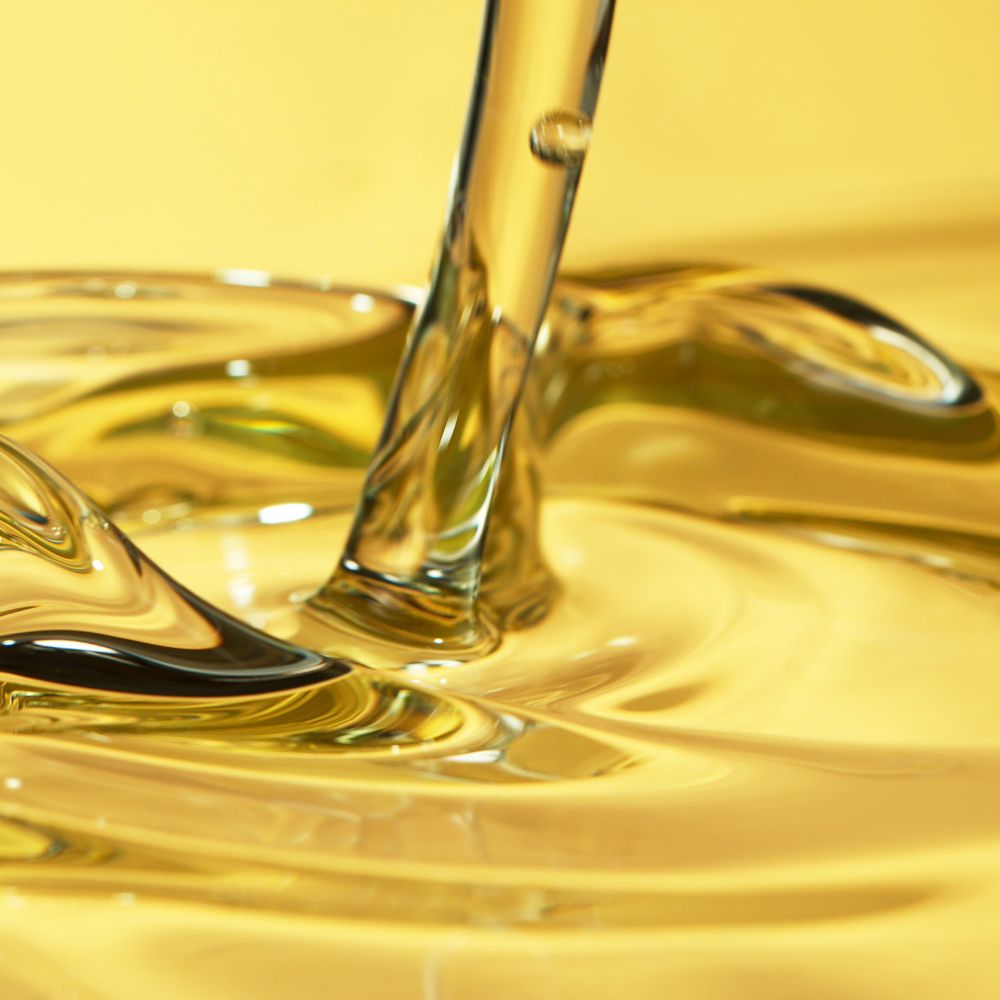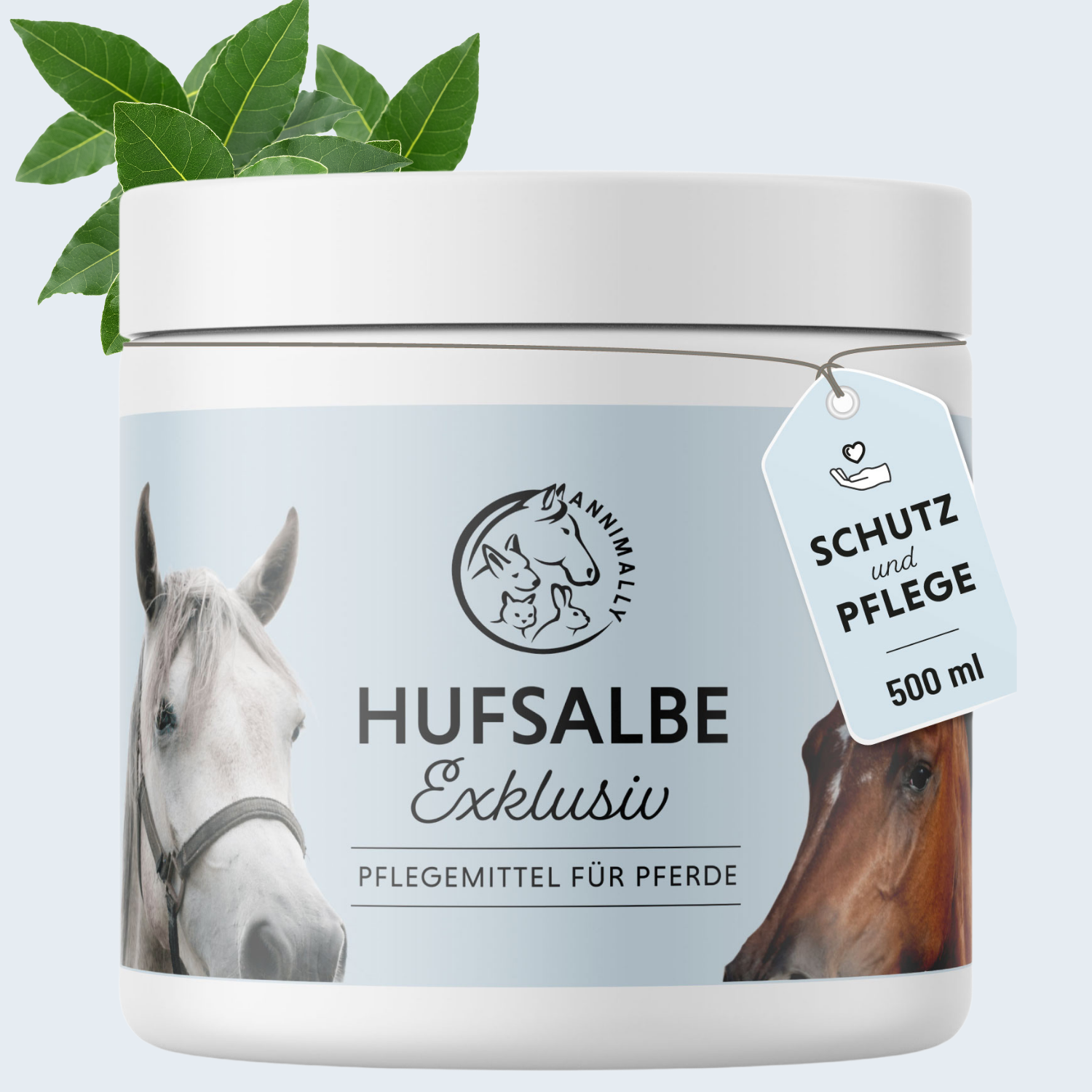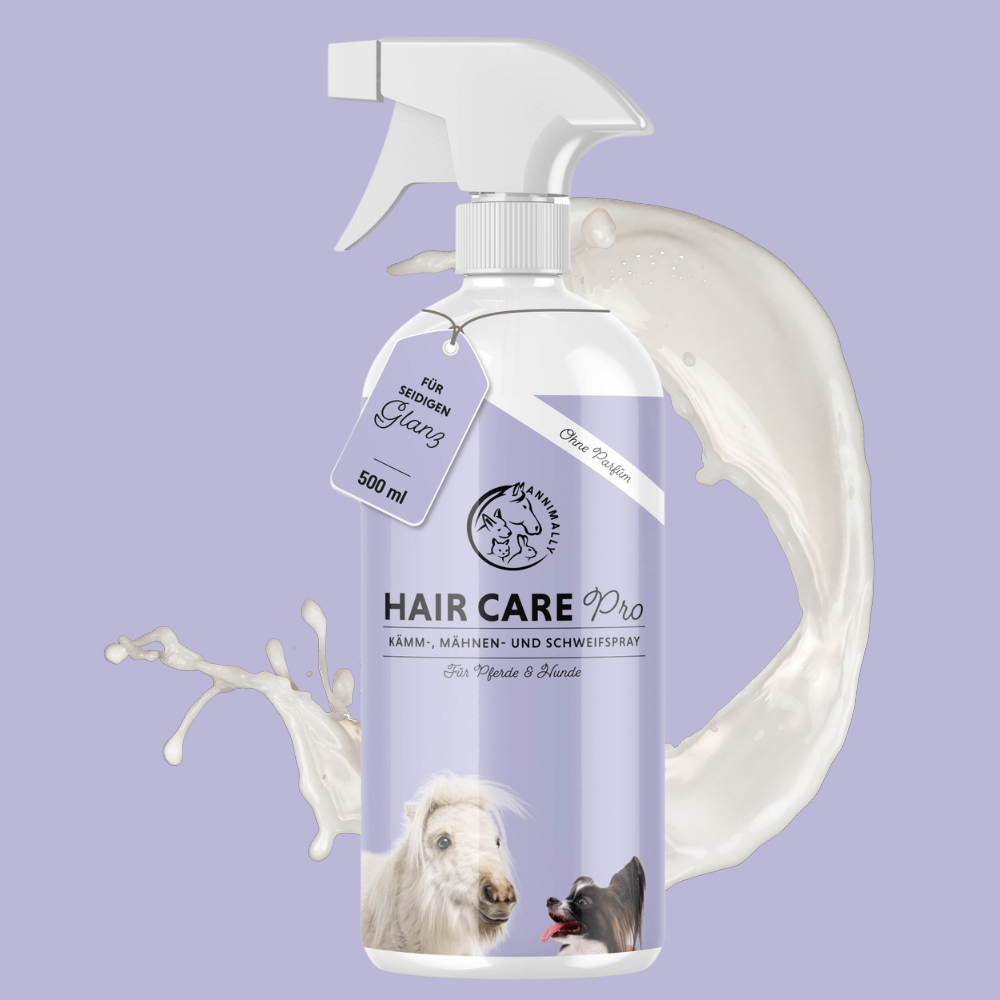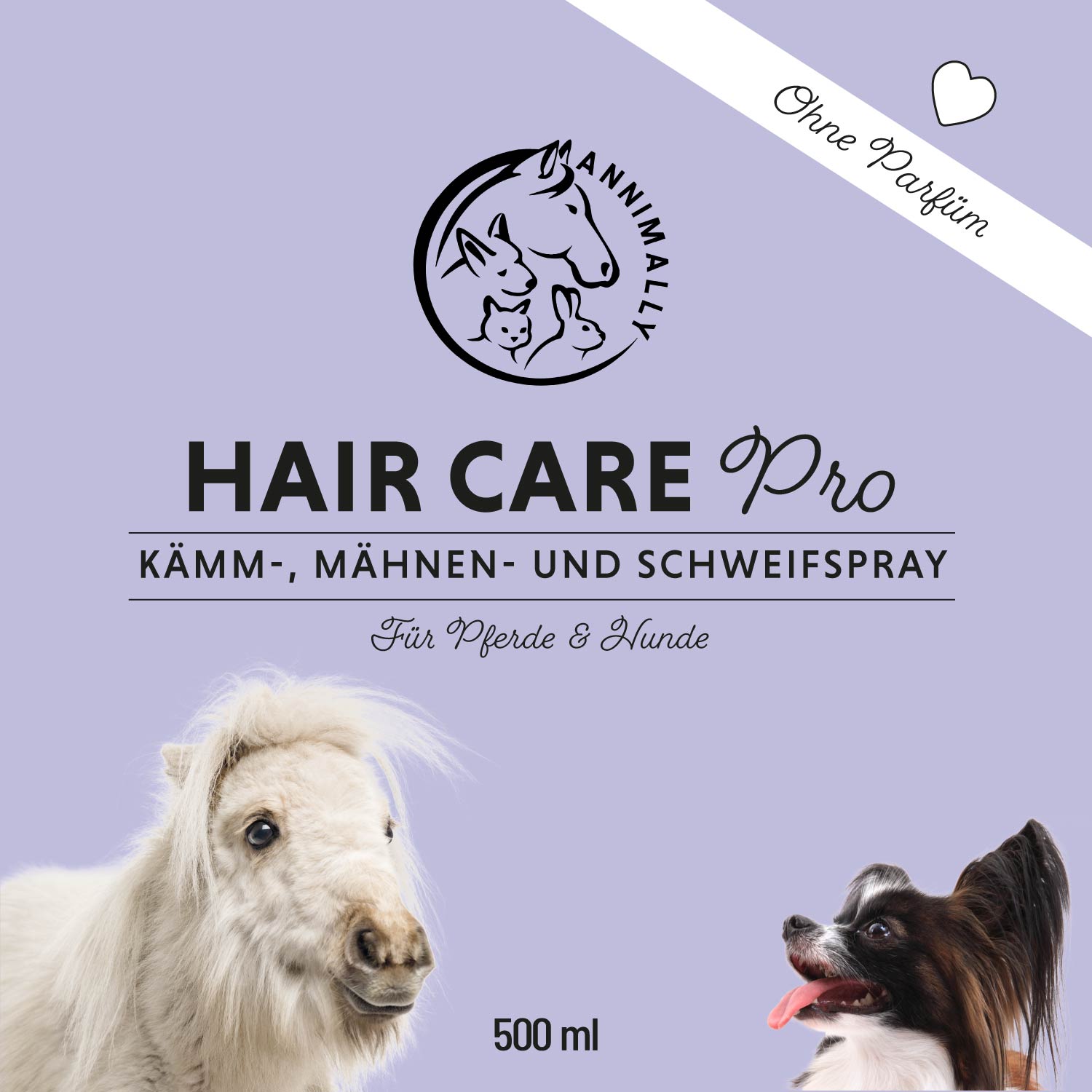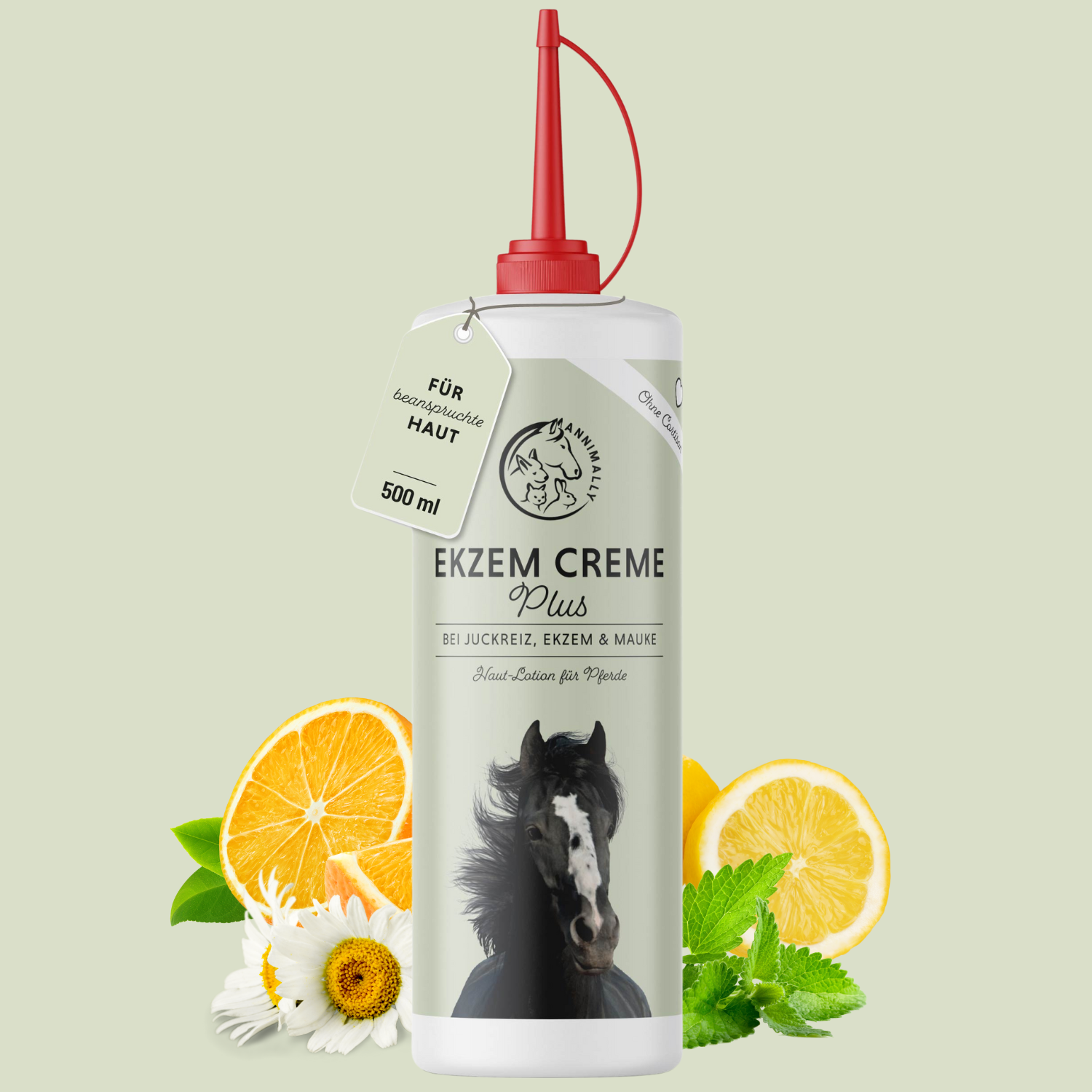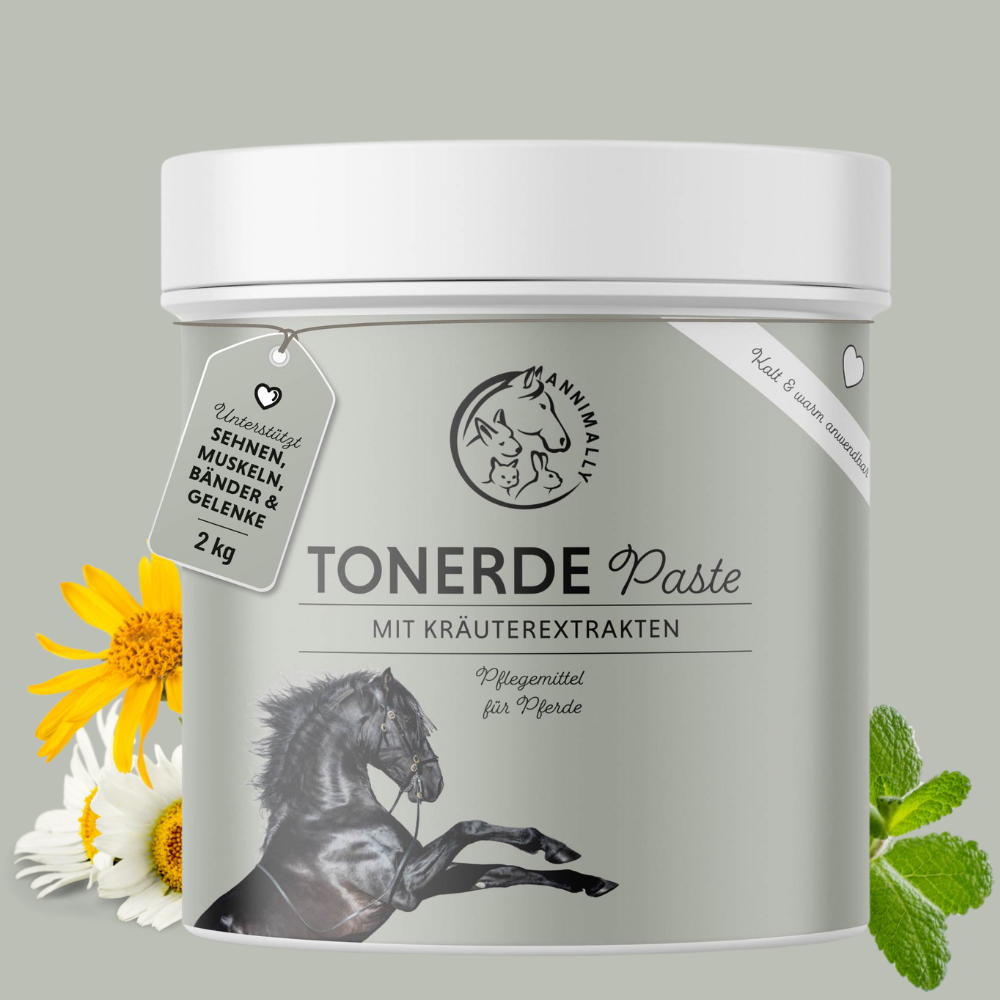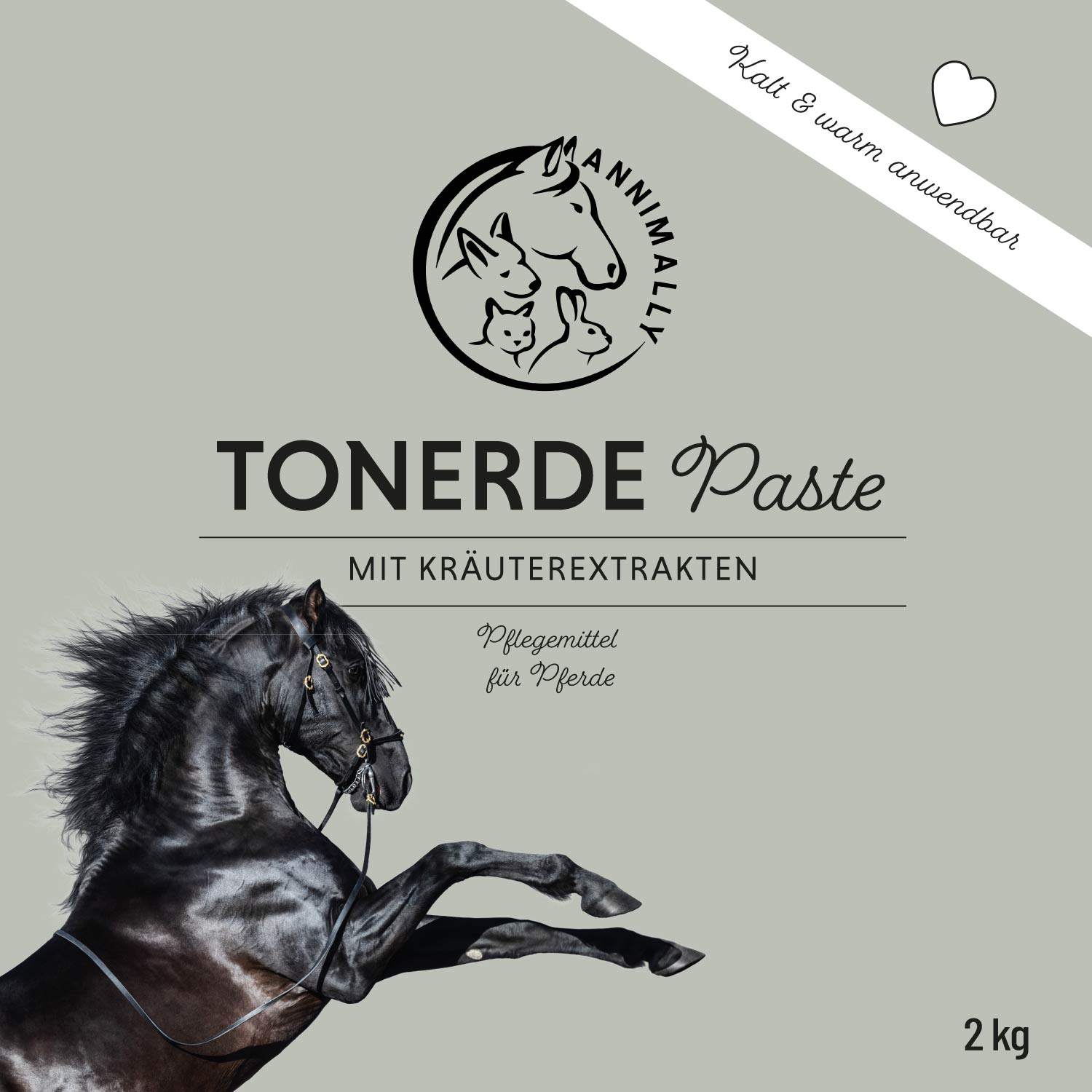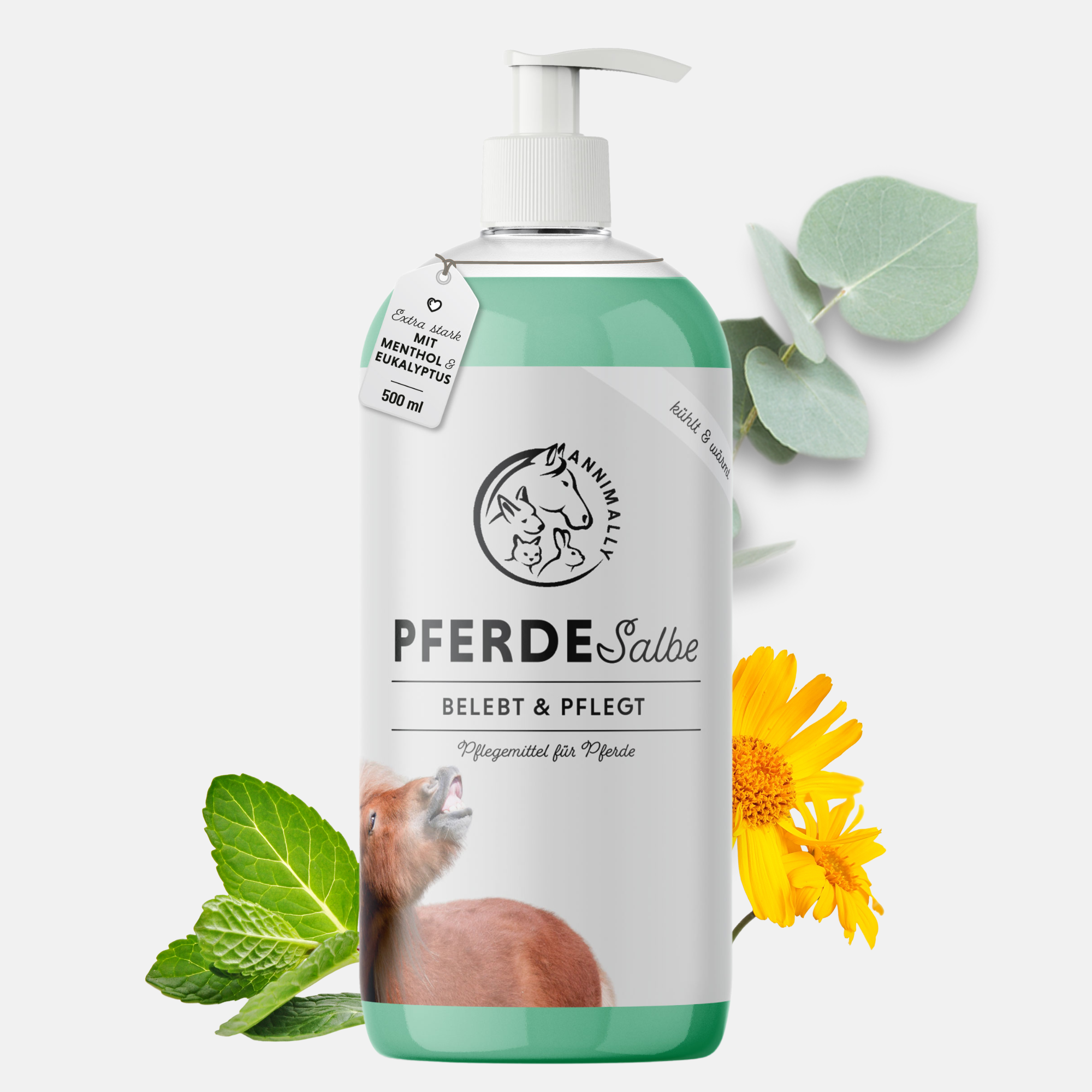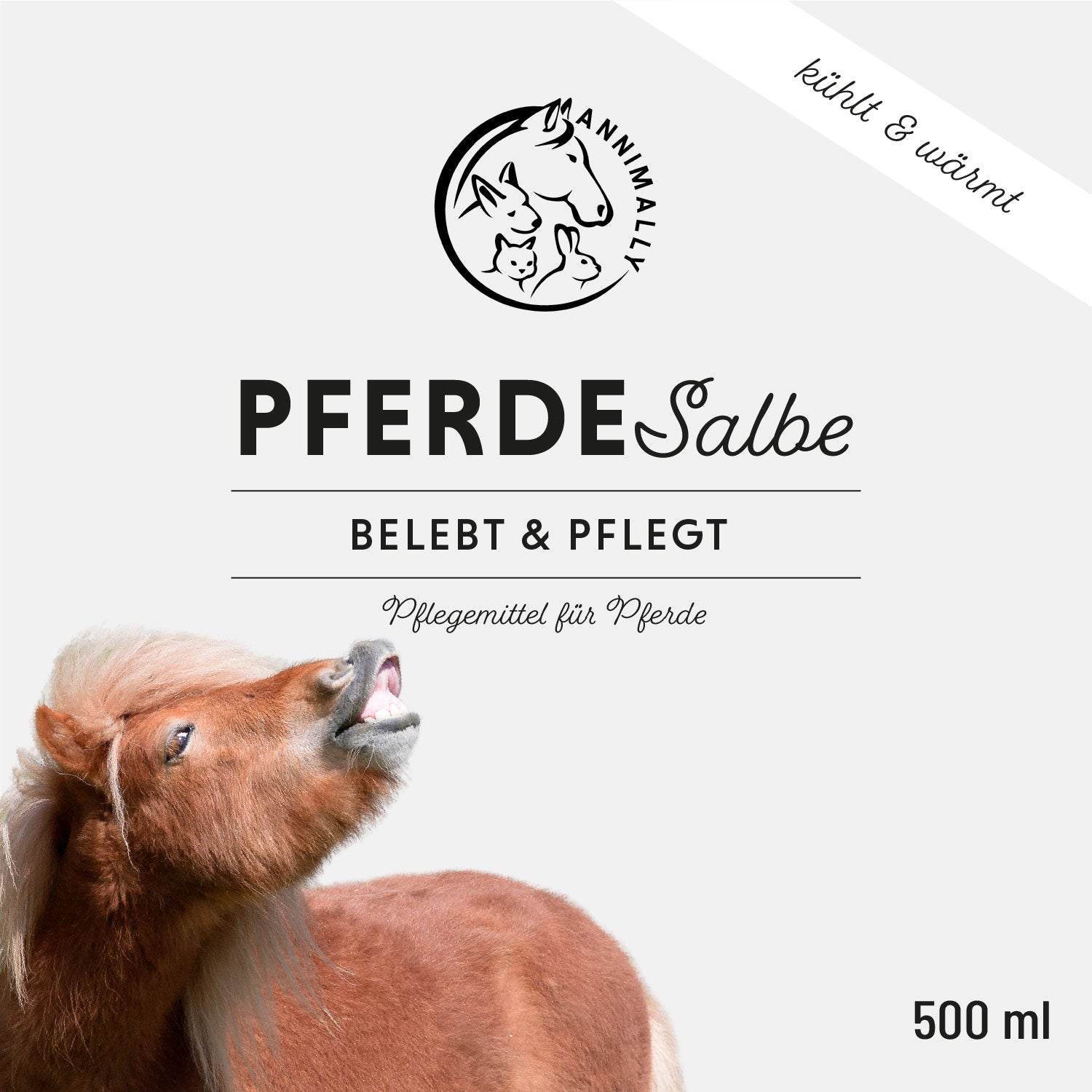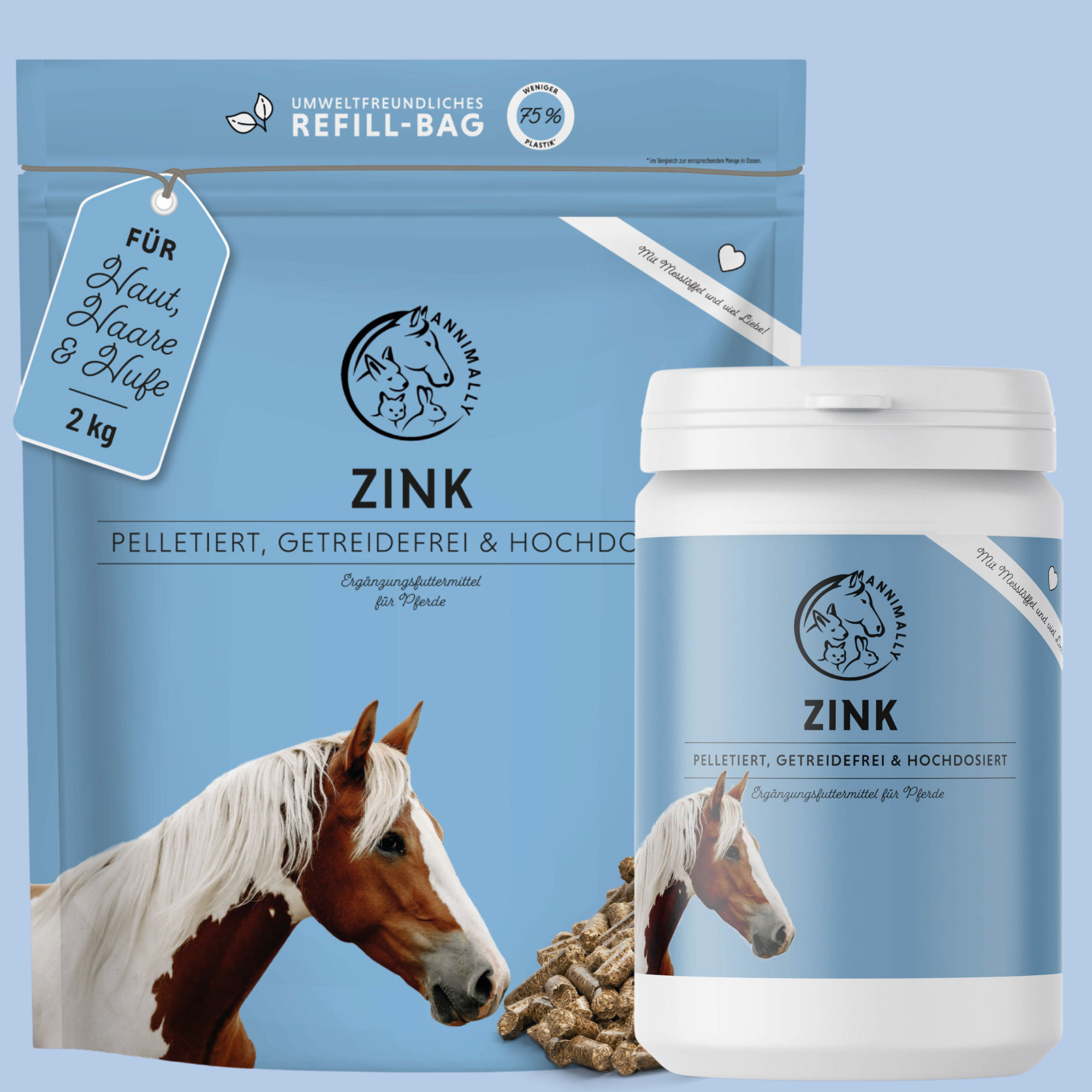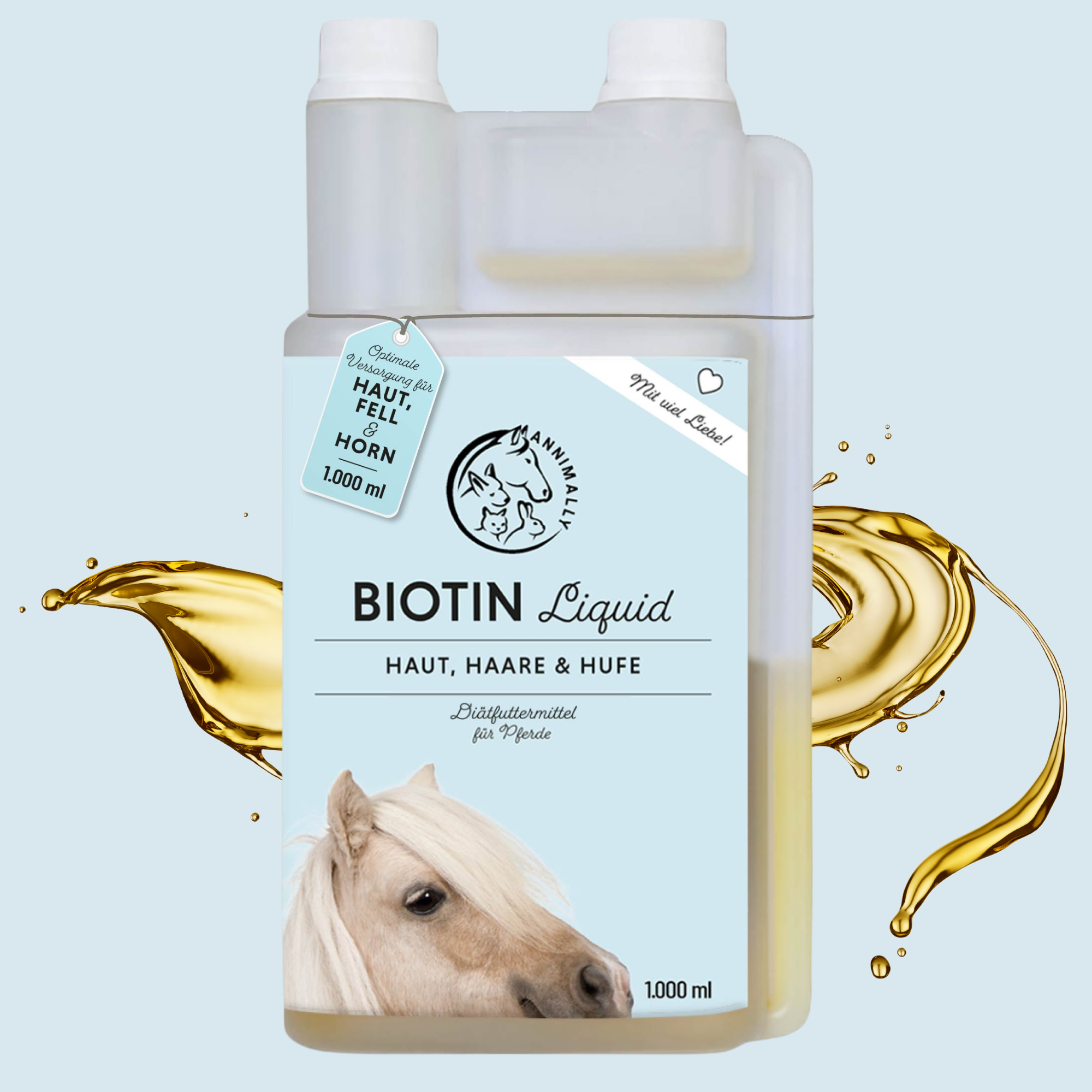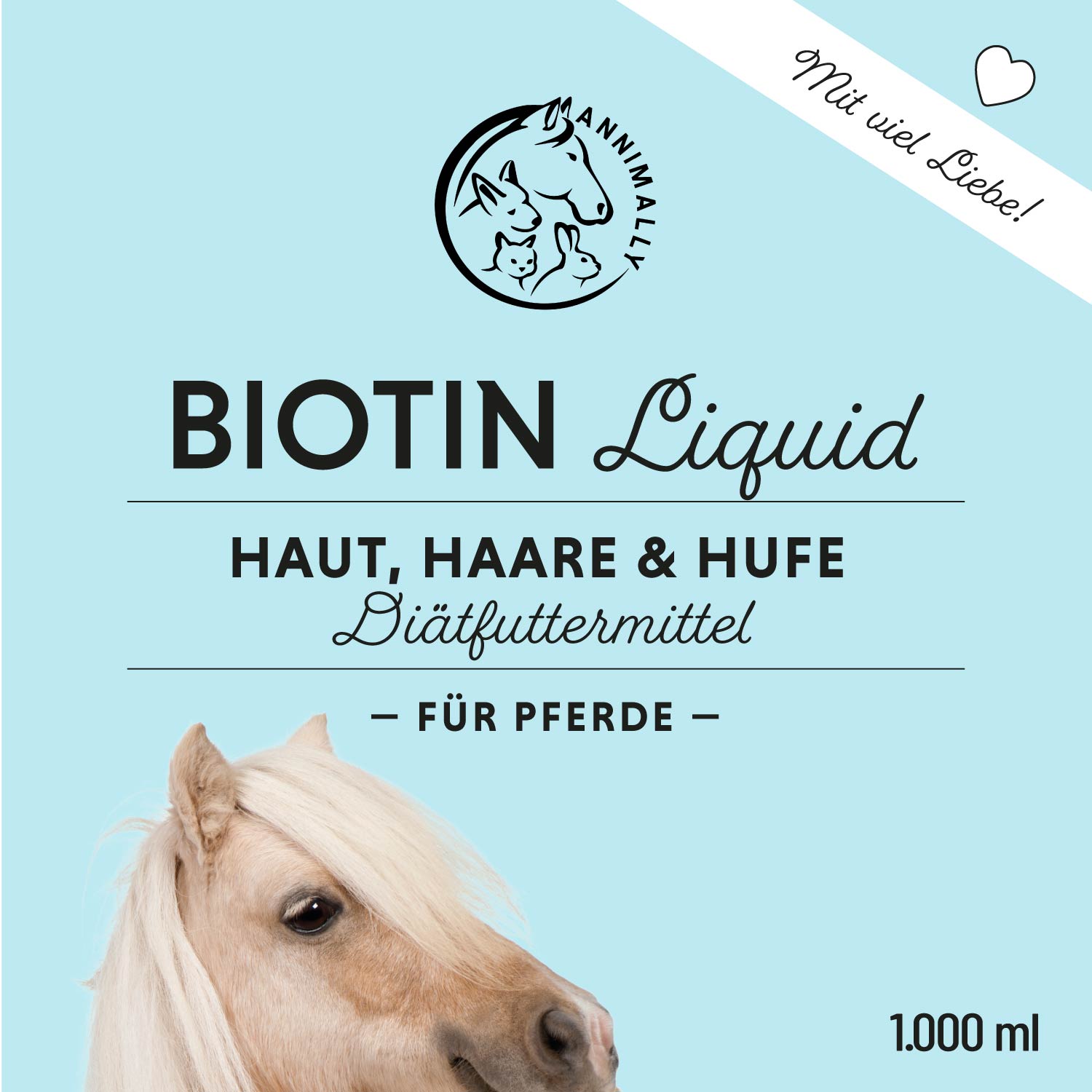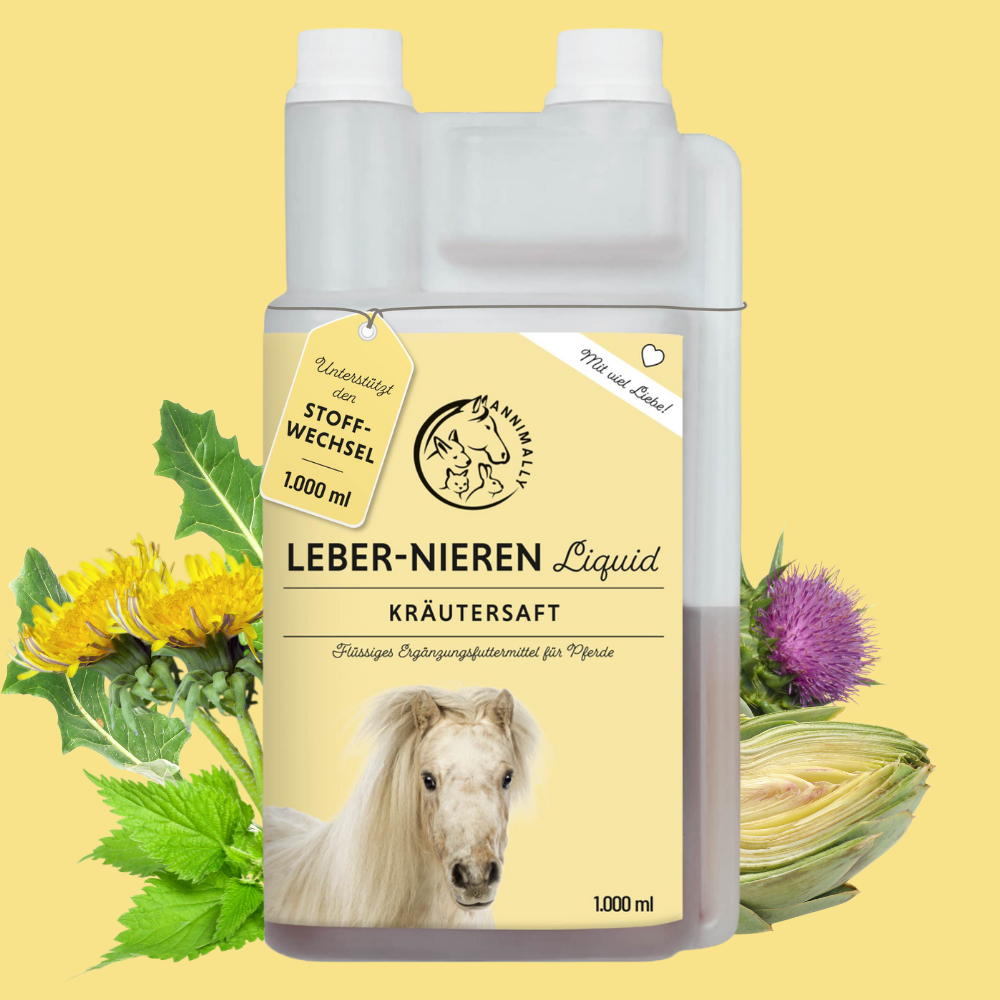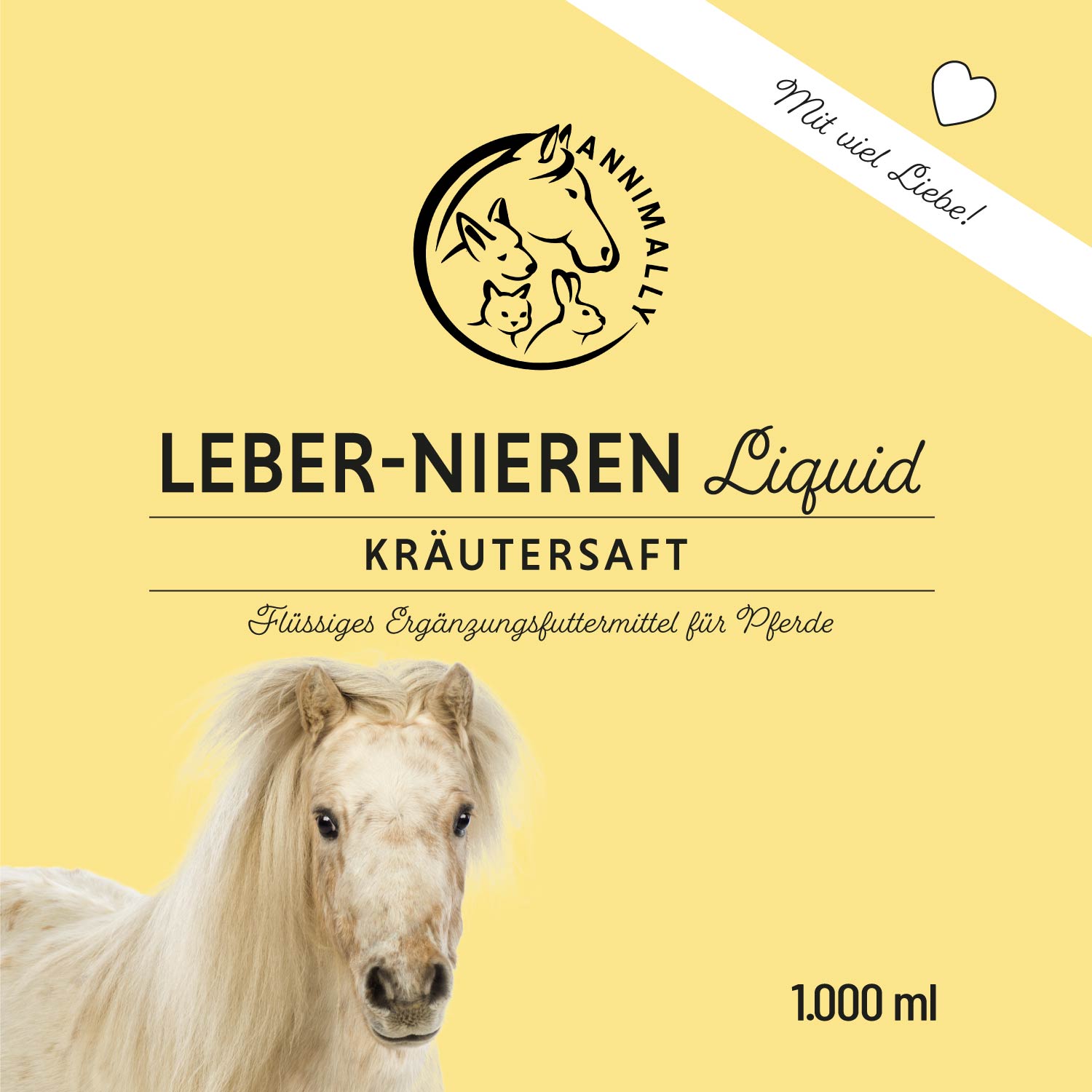Vaseline for horses: Protection and care for skin, lips and more
If you own a horse, you know how important proper care is—especially when it comes to sensitive skin. A tried-and-tested remedy used for both humans and animals is Vaseline. But what exactly can Vaseline do for horses?
In this article, you will learn everything about the possible applications, advantages, and what you should pay attention to when choosing.
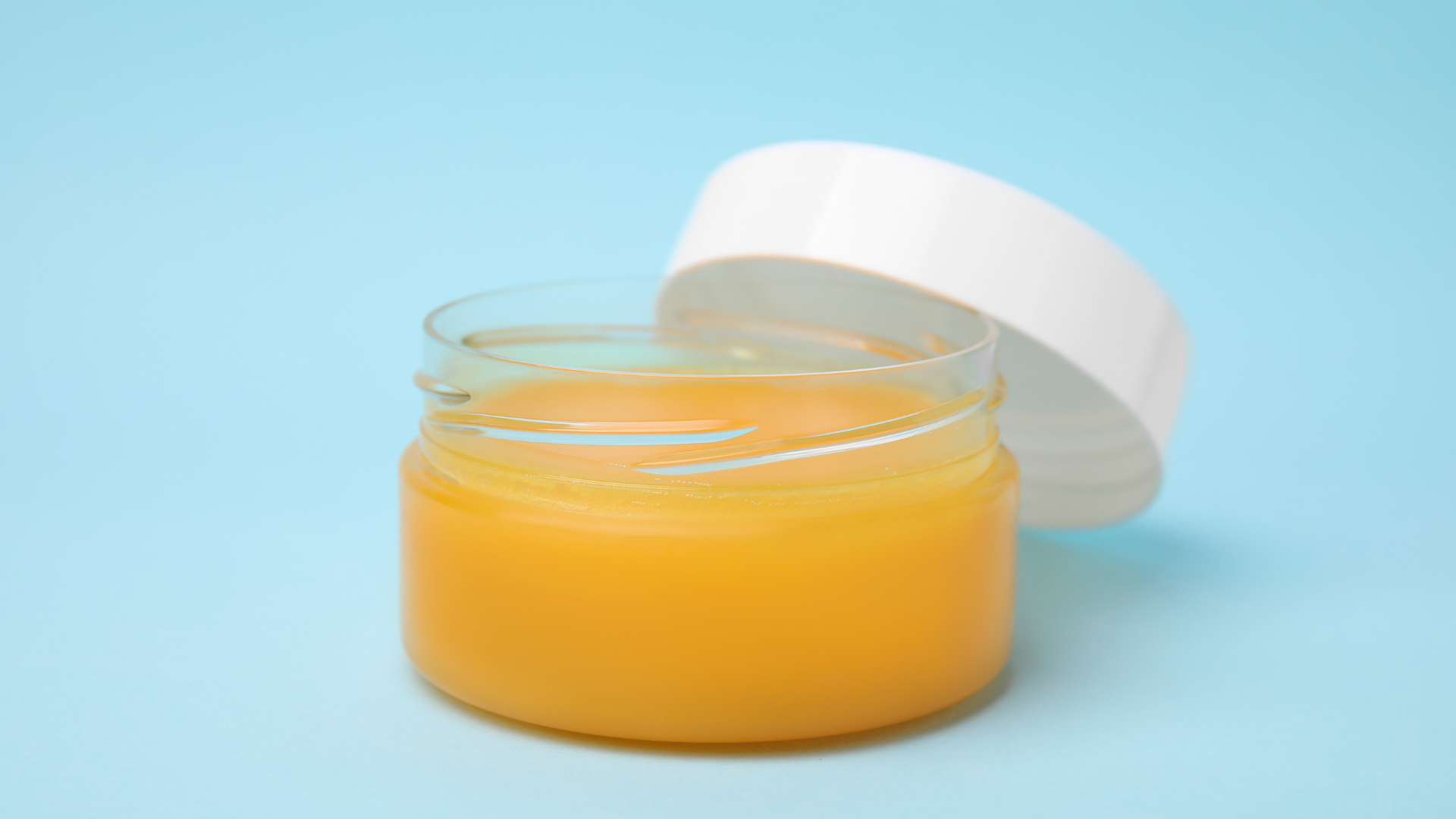
Why Vaseline is useful for horses
Your horse's skin is exposed to various influences every day, such as cold, wetness, friction, and even insects. Irritations can quickly develop, especially in sensitive areas such as the lips, the area around the nostrils, the base of the tail, or on the legs.
This is where white Vaseline comes into play: It forms a protective film on the skin and prevents it from drying out.
Possible uses of Vaseline in horses
Using Vaseline is incredibly simple and versatile. Here are a few examples of how you can use the product:
-
Lips and nostrils : These areas are especially sensitive in winter. A thin layer of Vaseline protects against cold and wind.
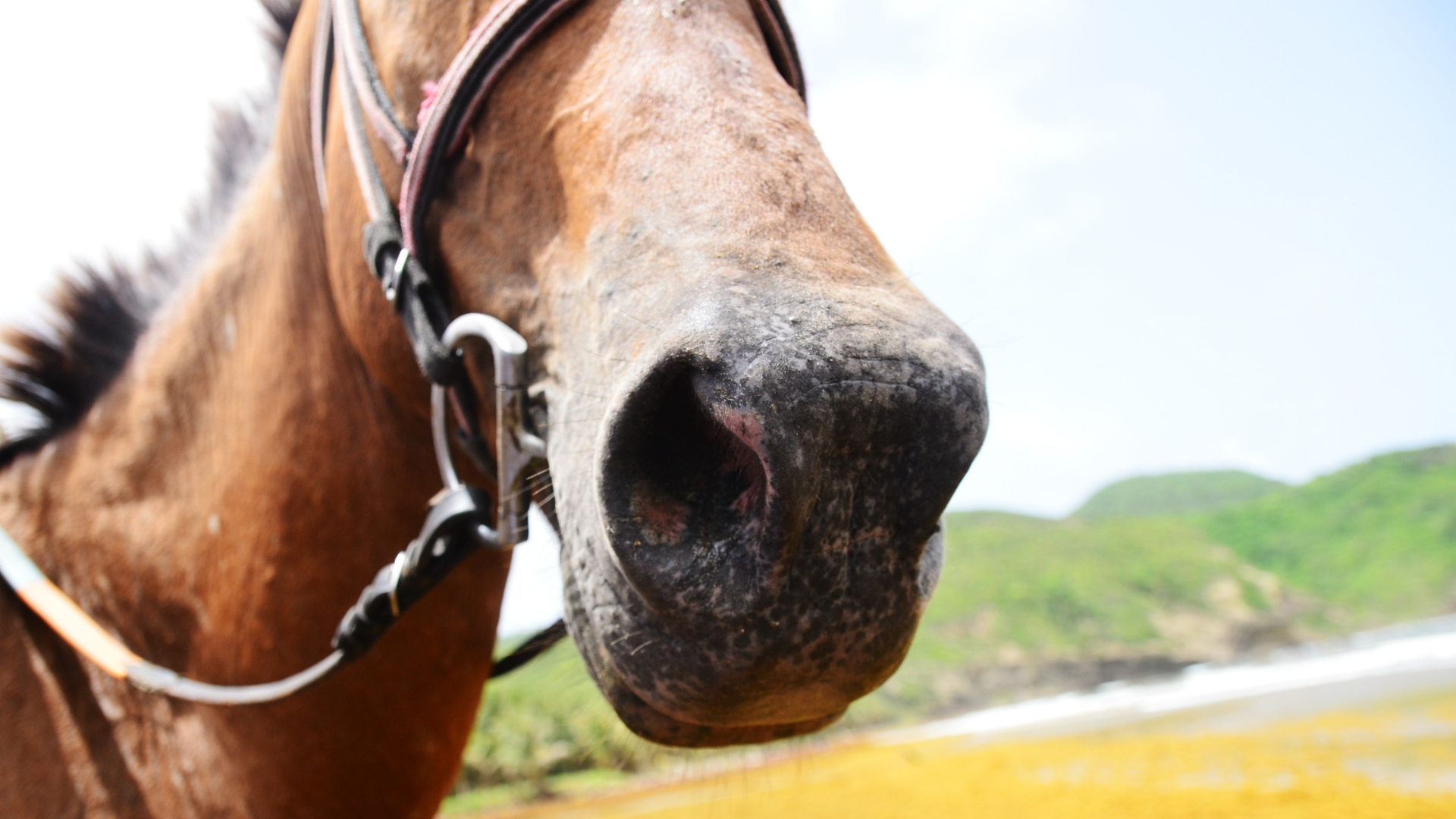
-
Legs : If your horse spends a lot of time on wet or muddy ground, Vaseline helps to protect the skin from wetness and chafing.
-
Between the hind legs : Especially in geldings, friction can lead to irritation – Vaseline provides moisture and protection.
-
Scar care or minor skin irritations : Vaseline can be applied as a gentle ointment.
-
Prevention of chafing caused by blankets or saddles .

What else Vaseline can do – also for you!
Not only does your horse benefit from Vaseline—you can also use it in your daily routine. Do your hands often feel dry from all the washing and working? A small amount of Vaseline provides intensive care.
Even lips or chapped nipples in breastfeeding mothers can be treated with white Vaseline, making it a truly versatile product!
White Vaseline – what you should pay attention to
If you want to buy Vaseline for your horse, look for high-quality, white Vaseline without additives. It's particularly pure and ideal for sensitive skin.
You should avoid colored or scented versions, as they could cause irritation. They come in a variety of colors and sizes, but the classic white version is always a safe choice.
Expert tip for use
Many experts recommend using Vaseline in colder temperatures or for skin problems like mud fever or chafing. Make sure to clean the affected areas beforehand and apply only a small amount, i.e., a thin layer. This allows the skin to breathe and remain well protected.
Conclusion: Vaseline as versatile care for your horse
Whether as a barrier against moisture, protection from the cold, or to support skin regeneration – Vaseline for horses is a simple yet extremely effective remedy. It belongs in every stable first-aid kit and can make everyday life much easier for you and your horse. When used correctly, it provides reliable protection, intensive care, and helps with minor aches and pains – all without unnecessary additives.


